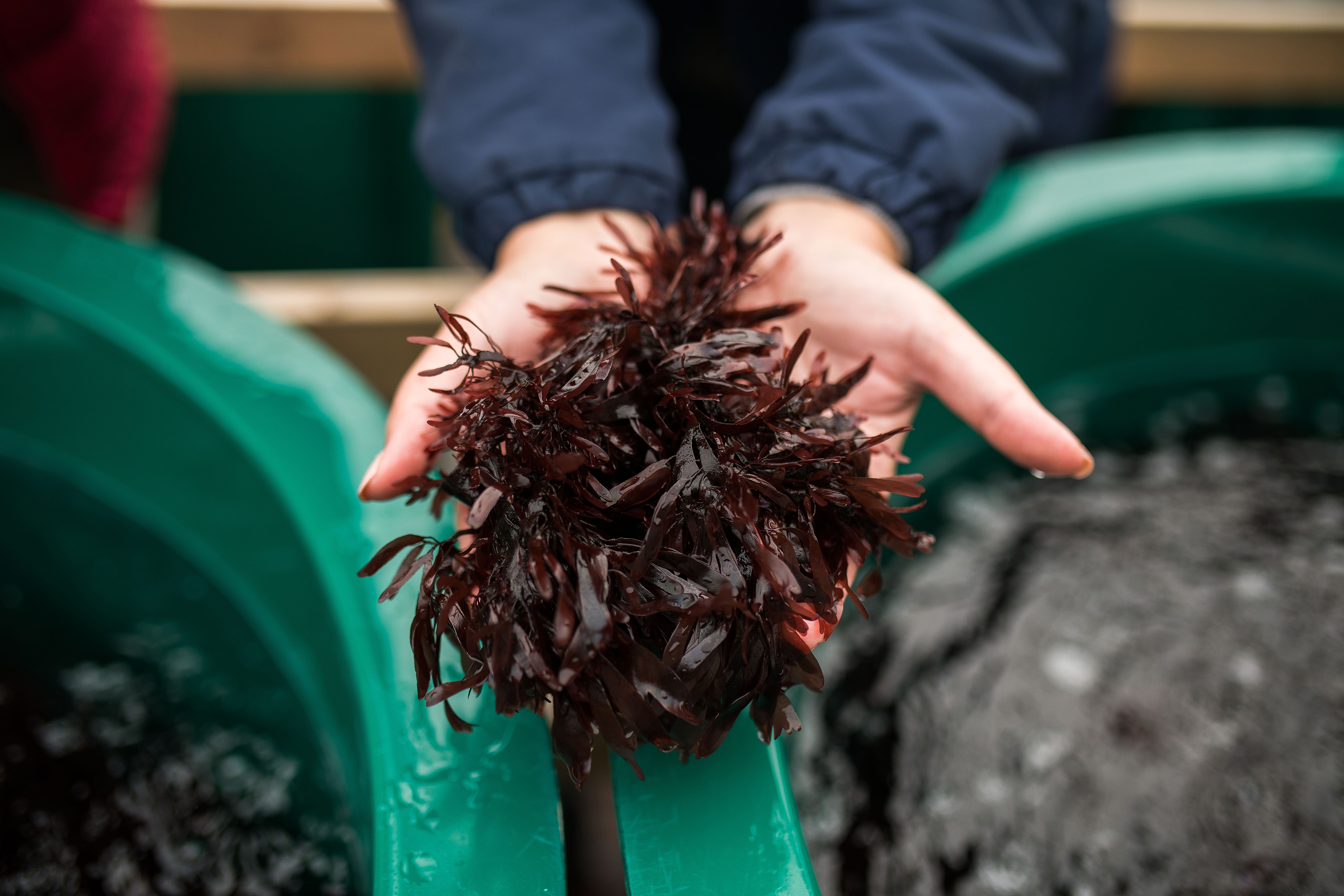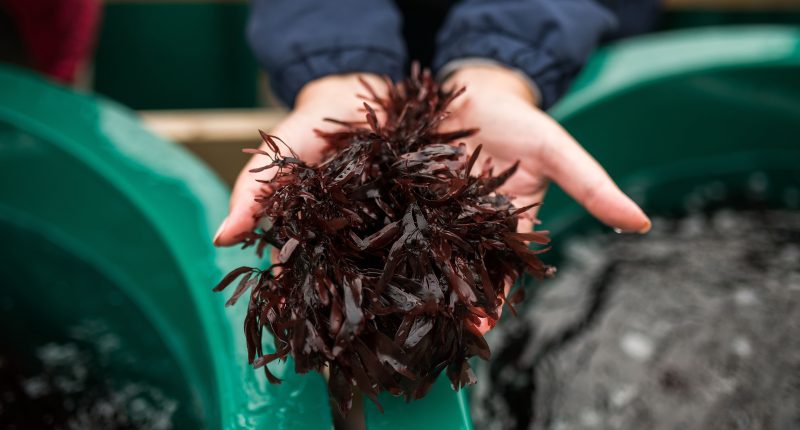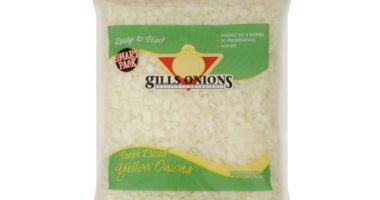
How to Start Foraging for Vegetables in the Sea – Food costs in the U.S. are rising at the fastest rate in two decades, creating incentives to find new and unconventional ways of sourcing meals. While summer may be peak gardening season, for foragers, the approach of fall—and with it, peak mushroom season—marks a time of plenty.
Good wild eats, however, aren’t just limited to those near the forests. If you’re in a coastal state and heading to the beach for one last summer swim, there may still be time to indulge in one of the most underrated native foods in your area: sea vegetables. Looking to the ocean to beef up your grocery haul might not sound as enticing as finding a choice ramp or fungus in the woods, but sea veggies—as experts often refer to edible seaweeds—can be abundant, healthy, delicious, and, most importantly, far easier for beginner foragers to identify.
A big advantage of wild sea vegetables is they require very little preparation, says John Kallas, owner and operator of the Wild Food Adventures outdoor school and an instructor at Portland State University. “One of the problems that Americans have with seaweeds is that their main exposure to them is dried,” he says, “But seaweeds are amazing fresh.” It doesn’t matter what else is on the menu; just rinse your saltwater bounty and toss it right in, Kallas says. And when in doubt, you might be surprised to find how many recipes for fresh seaweed are available online.
Here’s what experts say you need to know before you go out collecting.
Check local restrictions
States all have their own rules when it comes to collecting sea vegetables on public beaches, including specific on and off seasons. “They want seaweeds to be able to recover after they’ve been harvested,” says Kallas. In much of the Northwest, including along the coast of Oregon, where fall chills can creep in a bit earlier, the window for legal harvesting has already closed for the summer to all but certain Native American groups. Other states, such as California and Washington, are open year-round, but have strict limits on how much can be collected Along most of the East Coast, regulations governing seaweed foraging outside of protected marine areas are mostly non-existent (you can forage throughout New England at any time of year), though many states are in the process of developing laws around commercial production as seaweed farming becomes more popular. If you’re unable to find information about local rules online, Kallas recommends calling your state fisheries department.
Be aware too, of local water quality and possible pollution—even if the seaweeds won’t hurt you, the water they grow in could be contaminated by other swimmers or waste water runoff. “If the water is really murky or brown, or has a strong odor, then I would not harvest,” says Melissa Hanson, co-founder of the California-based seaweed-farming cooperative Kelpful. Often, she says, coastal counties provide water quality reports that can be useful to those hoping to harvest.
Approach with (some) caution
Seaweeds aren’t as toxic as other wild vegetables, but that doesn’t mean foragers shouldn’t be careful, since a few are still harmful to eat in large quantities.
“Some seaweeds have calcium particles in them that will grind up your teeth,” says Kallas, while others “are actually poisonous,” even if not in an immediate sense. These are seaweeds found in the genus Desmarestia, a group which is also sometimes referred to as “acid kelp” or “sourweed.” They produce a sulfuric acid that, when eaten in significant quantities, can cause serious stomach pain. To Hanson, the taste of acid kelp is awful enough that going out and nibbling each species right from the water serves as “a totally legitimate strategy,” for identifying safe edibles.
Read More: The Ocean Farmers Trying to Save the World with Seaweed
Caution is also important for the health of the ocean ecosystem, Hanson says. It’s important to never pull a piece of seaweed directly from the rock or structure it’s growing from. Instead, Hanson says, “use scissors and cut it a few inches above where it attaches to the rock” so it can regrow. Be careful, too, not to take too much of a species from one area. When she leads foraging tours, she encourages attendees to treat the ocean like they would their grandmother’s house—with respect and thanks.
Species selection
A guidebook from a reputable source is the gold standard for foragers, says Kallas, but they aren’t always readily available, and few have been written that go into detail on sea vegetables.
For those on the West Coast, Kallas recommends the updated edition of Pacific Seaweeds.
Thankfully, some sea vegetables are fairly easy to identify from photos, one reason they’re considered optimal for beginner foragers. “Some are very unique,” says Kallas. One such vegetable native to the West Coast is Egregia menziesii, or feather boa kelp, so called because “it looks like a feather boa,” says Kallas. “It’s got this long, thick, tough center with lots of little leaves coming off of that,” he adds, but is also easily recognizable thanks to the buoyant pods that grow along the trunk. Other easy and common beginner sea vegetables include sea lettuce (a translucent green sheetlike seaweed) and certain relatives of the vegetable known as kombu in Japan.
Hanson’s personal favorite, she says, is giant kelp, in part because where she lives along the central California coast, “it’s insanely abundant and so versatile.” She eats it plain or grilled, but also suggests kelp pesto to any foragers looking to whip up something a bit more adventurous. Sea vegetables, which contain up to 10 times the mineral content of terrestrial plants, are more than just a flexible ingredient—they’re a great and healthy start to a diet full of wild eats.
Don’t miss: 5 Best Mediterranean Lifestyle Tips for a Longer, Healthier Life









